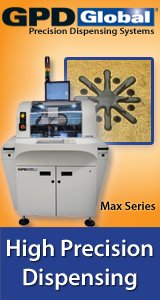Dross removal is dependent upon the "activity" in your solder pot and the usage of a inert or an "air" atmosphere. The more moving parts that agitate the solder and expose it to air, the more dross. Basics first and then the answers will make sense.
What is dross? Oxidation of molten solder produces dross. It is caused by the introduction of oxygen to SnPB alloy in your pot. Dross is that nasty black powder that you'll see built up around your pumps for your lambda and rotary chip waves.
How often do you remove it? We de-dross about once per day. We run a rotary chip wave and lambda wave so there is a lot of activity but we inert the wave area. Inerting cuts down on the amount of dross produced by limiting the amount of oxygen introduced to the molten solder. No oxygen, no dross.
Use a material to bring the dross to the surface. Call it a "de-drossing agent." I don't know if this is considered advertising but we use Kleenox. I'm sure there are competitors out there but I'm simply not familiar with them. If you don't use this type of material, the dross will remain suspended in the pot and you won't effectively remove it. You'll also throw out a ton of money in good solder not to mention possibly contaminate your pot by causing an overabundance of certain trace metals.
If too much dross is left, you can contaminate the pot. It would be like throwing a bunch of beach sand into the pot with the solder and trying to create good solder joints. You'll run into solderability problems and reliability issues.
Perform solder analysis on your pot at least once per month. Your bar solder vendor should be able to provide you with this service. When trace metal contents are close to the unacceptable limits, it's time to dump and recharge the pot.
Second time's a charm, i'll try proof-reading next time... justin
reply »
![]() Does anybody know how often you should scrape the dross off...
- Dec 12, 2000
by
Does anybody know how often you should scrape the dross off...
- Dec 12, 2000
by
![]()
![]() Dross removal is dependent upon the "activity" in your sold...
- Dec 12, 2000
by
Dross removal is dependent upon the "activity" in your sold...
- Dec 12, 2000
by
![]()
![]() Dross removal is dependent upon the "activity" in your sold...
- Dec 12, 2000
by
Dross removal is dependent upon the "activity" in your sold...
- Dec 12, 2000
by







